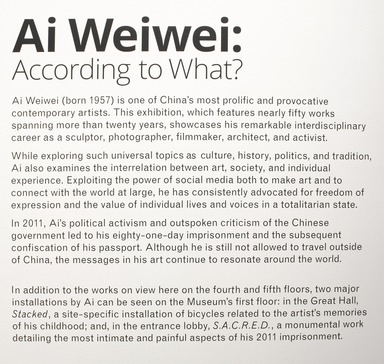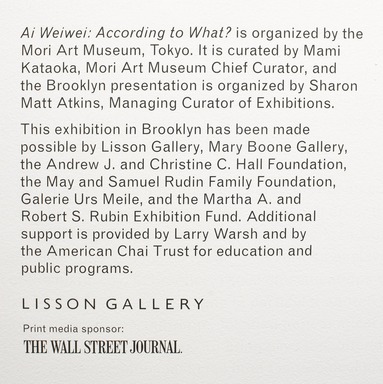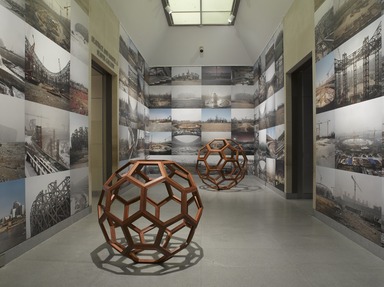

Ai Weiwei: According to What?, April 18, 2014 through August 10, 2014 (Image: DIG_E_2014_Ai_Weiwei_According_to_What_001_PS9.jpg Brooklyn Museum photograph, 2014)
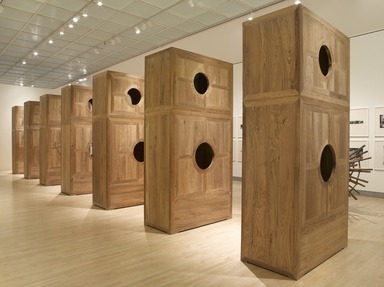
Ai Weiwei: According to What?, April 18, 2014 through August 10, 2014 (Image: DIG_E_2014_Ai_Weiwei_According_to_What_002_PS9.jpg Brooklyn Museum photograph, 2014)

Ai Weiwei: According to What?, April 18, 2014 through August 10, 2014 (Image: DIG_E_2014_Ai_Weiwei_According_to_What_003_PS9.jpg Brooklyn Museum photograph, 2014)

Ai Weiwei: According to What?, April 18, 2014 through August 10, 2014 (Image: DIG_E_2014_Ai_Weiwei_According_to_What_004_PS9.jpg Brooklyn Museum photograph, 2014)
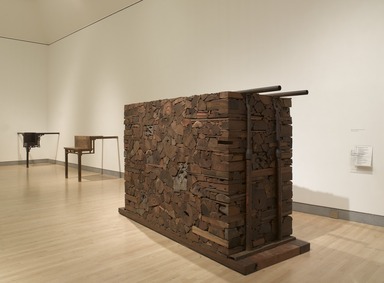
Ai Weiwei: According to What?, April 18, 2014 through August 10, 2014 (Image: DIG_E_2014_Ai_Weiwei_According_to_What_005_PS9.jpg Brooklyn Museum photograph, 2014)

Ai Weiwei: According to What?, April 18, 2014 through August 10, 2014 (Image: DIG_E_2014_Ai_Weiwei_According_to_What_006_PS9.jpg Brooklyn Museum photograph, 2014)

Ai Weiwei: According to What?, April 18, 2014 through August 10, 2014 (Image: DIG_E_2014_Ai_Weiwei_According_to_What_007_PS9.jpg Brooklyn Museum photograph, 2014)

Ai Weiwei: According to What?, April 18, 2014 through August 10, 2014 (Image: DIG_E_2014_Ai_Weiwei_According_to_What_008_PS9.jpg Brooklyn Museum photograph, 2014)

Ai Weiwei: According to What?, April 18, 2014 through August 10, 2014 (Image: DIG_E_2014_Ai_Weiwei_According_to_What_009_PS9.jpg Brooklyn Museum photograph, 2014)

Ai Weiwei: According to What?, April 18, 2014 through August 10, 2014 (Image: DIG_E_2014_Ai_Weiwei_According_to_What_010_PS9.jpg Brooklyn Museum photograph, 2014)
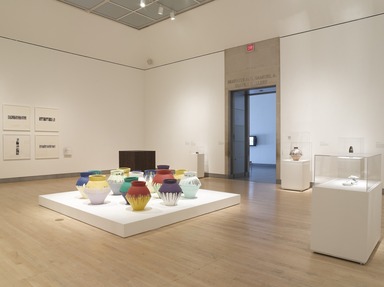
Ai Weiwei: According to What?, April 18, 2014 through August 10, 2014 (Image: DIG_E_2014_Ai_Weiwei_According_to_What_011_PS9.jpg Brooklyn Museum photograph, 2014)
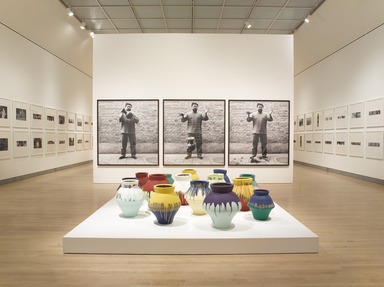
Ai Weiwei: According to What?, April 18, 2014 through August 10, 2014 (Image: DIG_E_2014_Ai_Weiwei_According_to_What_012_PS9.jpg Brooklyn Museum photograph, 2014)

Ai Weiwei: According to What?, April 18, 2014 through August 10, 2014 (Image: DIG_E_2014_Ai_Weiwei_According_to_What_013_PS9.jpg Brooklyn Museum photograph, 2014)
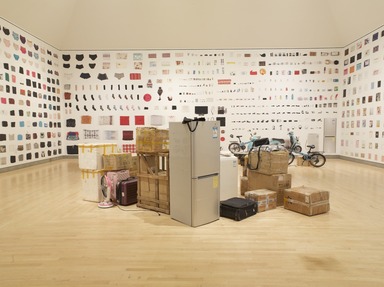
Ai Weiwei: According to What?, April 18, 2014 through August 10, 2014 (Image: DIG_E_2014_Ai_Weiwei_According_to_What_014_PS9.jpg Brooklyn Museum photograph, 2014)

Ai Weiwei: According to What?, April 18, 2014 through August 10, 2014 (Image: DIG_E_2014_Ai_Weiwei_According_to_What_015_PS9.jpg Brooklyn Museum photograph, 2014)

Ai Weiwei: According to What?, April 18, 2014 through August 10, 2014 (Image: DIG_E_2014_Ai_Weiwei_According_to_What_016_PS9.jpg Brooklyn Museum photograph, 2014)
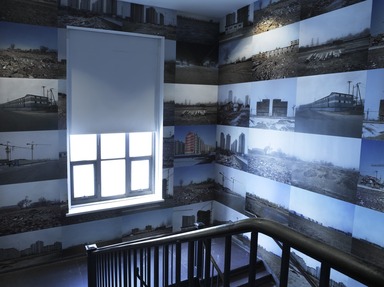
Ai Weiwei: According to What?, April 18, 2014 through August 10, 2014 (Image: DIG_E_2014_Ai_Weiwei_According_to_What_017_PS9.jpg Brooklyn Museum photograph, 2014)
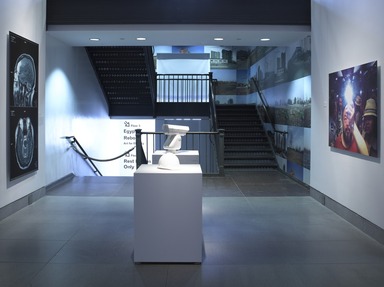
Ai Weiwei: According to What?, April 18, 2014 through August 10, 2014 (Image: DIG_E_2014_Ai_Weiwei_According_to_What_018_PS9.jpg Brooklyn Museum photograph, 2014)

Ai Weiwei: According to What?, April 18, 2014 through August 10, 2014 (Image: DIG_E_2014_Ai_Weiwei_According_to_What_019_PS9.jpg Brooklyn Museum photograph, 2014)

Ai Weiwei: According to What?, April 18, 2014 through August 10, 2014 (Image: DIG_E_2014_Ai_Weiwei_According_to_What_020_PS9.jpg Brooklyn Museum photograph, 2014)

Ai Weiwei: According to What?, April 18, 2014 through August 10, 2014 (Image: DIG_E_2014_Ai_Weiwei_According_to_What_021_PS9.jpg Brooklyn Museum photograph, 2014)
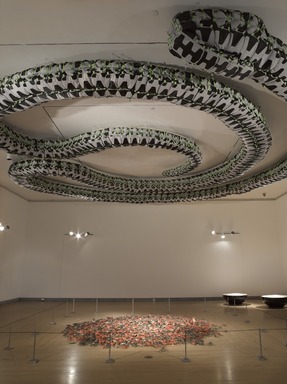
Ai Weiwei: According to What?, April 18, 2014 through August 10, 2014 (Image: DIG_E_2014_Ai_Weiwei_According_to_What_022_PS9.jpg Brooklyn Museum photograph, 2014)

Ai Weiwei: According to What?, April 18, 2014 through August 10, 2014 (Image: DIG_E_2014_Ai_Weiwei_According_to_What_023_PS9.jpg Brooklyn Museum photograph, 2014)
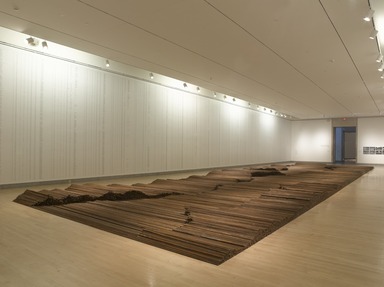
Ai Weiwei: According to What?, April 18, 2014 through August 10, 2014 (Image: DIG_E_2014_Ai_Weiwei_According_to_What_024_PS9.jpg Brooklyn Museum photograph, 2014)

Ai Weiwei: According to What?, April 18, 2014 through August 10, 2014 (Image: DIG_E_2014_Ai_Weiwei_According_to_What_025_PS9.jpg Brooklyn Museum photograph, 2014)

Ai Weiwei: According to What?, April 18, 2014 through August 10, 2014 (Image: DIG_E_2014_Ai_Weiwei_According_to_What_026_PS9.jpg Brooklyn Museum photograph, 2014)

Ai Weiwei: According to What?, April 18, 2014 through August 10, 2014 (Image: DIG_E_2014_Ai_Weiwei_According_to_What_027_PS9.jpg Brooklyn Museum photograph, 2014)
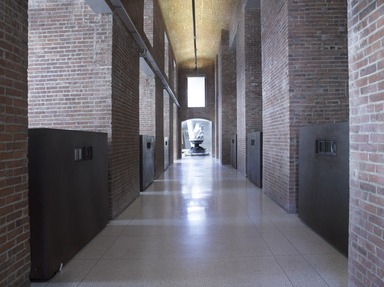
Ai Weiwei: According to What?, April 18, 2014 through August 10, 2014 (Image: DIG_E_2014_Ai_Weiwei_According_to_What_028_PS9.jpg Brooklyn Museum photograph, 2014)

Ai Weiwei: According to What?, April 18, 2014 through August 10, 2014 (Image: DIG_E_2014_Ai_Weiwei_According_to_What_029_PS9.jpg Brooklyn Museum photograph, 2014)
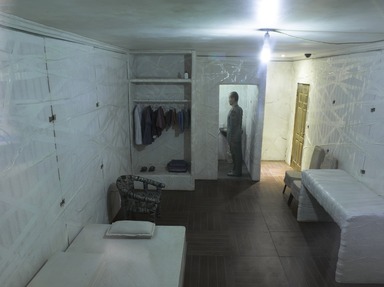
Ai Weiwei: According to What?, April 18, 2014 through August 10, 2014 (Image: DIG_E_2014_Ai_Weiwei_According_to_What_030_PS9.jpg Brooklyn Museum photograph, 2014)

Ai Weiwei: According to What?, April 18, 2014 through August 10, 2014 (Image: DIG_E_2014_Ai_Weiwei_According_to_What_031_PS9.jpg Brooklyn Museum photograph, 2014)
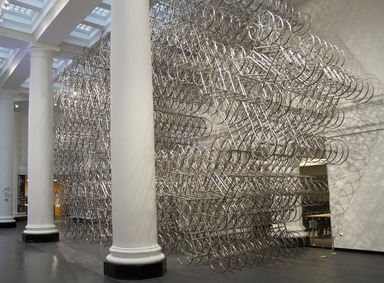
Ai Weiwei: According to What?, April 18, 2014 through August 10, 2014 (Image: DIG_E_2014_Ai_Weiwei_According_to_What_032_PS9.jpg Brooklyn Museum photograph, 2014)
Ai Weiwei: According to What?
-
January 1, 2014
Ai Weiwei: According to What?—the first North American survey of the work of the provocative Chinese conceptual artist, sculptor, photographer, filmmaker, and activist—will be presented at the Brooklyn Museum from April 18 to August 10, 2014. This will be the first large-scale museum exhibition of Ai’s work in New York and the final presentation on the exhibition’s tour. The Brooklyn Museum will include several major works not seen in previous venues.
Included among the new material is S.A.C.R.E.D., making its first appearance in North America since it debuted to critical acclaim during the Venice Biennale in 2013. Ai created this monumental work in response to his 81-day imprisonment by Chinese authorities in 2011. Each of the six iron boxes that make up the piece contains lifelike fiberglass dioramas of detailed scenes painstakingly reproduced from memory. The work documents and reveals the most painful and intimate moments of Ai’s imprisonment, from periods of interrogation to such daily activities as eating, sleeping, showering, and using the toilet.
The Brooklyn presentation will also feature a stunning site-specific installation of bicycles. This installation is part of a series of works by Ai using bicycles that is related to his childhood experience and to the bicycle’s relevance to the lives of most Chinese people.
Also making its debut is an installation of photographs and the personal belongings of Ye Haiyan, a women’s rights activist who has been systematically targeted by authorities for her advocacy on behalf of female Chinese sex workers and evicted from her home numerous times. The exhibition will also premiere Stay Home!—Ai’s documentary about Liu Ximei, who contracted AIDS as a child after being given an HIV-contaminated blood transfusion at a Chinese hospital.
The work of Ai Weiwei examines the interrelations between art, society, and individual experience while exploring universal topics such as culture, history, politics, and tradition. His practice is interdisciplinary and transcends artistic genres, providing insights into the cultural, historical, and social contexts from which it emerged. Many of Ai’s creations address issues of cultural identity, tradition, and craftsmanship, while others engage with more overtly political and social issues. According to What? will feature several large-scale installations, sculpture, photography, and video.
Also included in the exhibition will be several works created as a direct response to the 2008 Sichuan earthquake. Straight (2008–12) consists of tons of twisted steel rebar—meticulously straightened as if nothing had happened—taken from shoddily constructed buildings, particularly schools, that collapsed during the quake. Snake Ceiling (2009), an installation comprised of hundreds of backpacks in varying sizes and colors to represent children of various ages, refers to the more than five thousand students who perished.
Examples from the artist’s repurposed furniture series, in which he reassembles pieces of antique furniture to eliminate the furniture’s original function and give it new meaning, are representative of Ai’s strong interest in structure and craftsmanship. Among these is China Log (2005), which uses wood from demolished temples of the Qing Dynasty (1644–1911). This sculpture was assembled using traditional Chinese joinery techniques. When viewed in cross section, it reveals the shape of a map of China.
The exhibition also features Ai’s famous Dropping a Han Dynasty Urn (1995–2009), a series of three photographs showing the artist dropping and smashing an antique vase, as well as Colored Vases (2007–10), a grouping of Han Dynasty (206 B.C.E.–220 C.E.) vases that Ai has dipped in brightly colored paints.
Ai Weiwei (Chinese, b. Beijing, 1957) is known for such major projects as Fairytale, for which he brought 1,001 Chinese citizens to Kassel, Germany, for Documenta 12 in 2007; his collaboration with architects Herzog and de Meuron on the Beijing National Stadium design for the 2008 Olympic Games; and his installation of one hundred million hand-painted porcelain sunflower seeds in the Tate Modern’s Turbine Hall in 2010. His political activism has gained worldwide attention through his use of the Internet and social media as active platforms for his commentary and as art forms in their own right.
Ai Weiwei was a member of China’s first group of avant-garde artists. He moved to the United States in 1981, living in various parts of the country before moving in 1983 to New York, where he resided for a brief time in Williamsburg, Brooklyn. He returned to Beijing in 1993. While in New York, he was influenced by the artists Marcel Duchamp, Andy Warhol, and Jasper Johns. The exhibition’s subtitle, According to What?, is derived from the name of a 1964 Johns painting that in turn recalls Duchamp’s last painting.
The exhibition will be installed in 13,000 square feet of gallery space, including the fourth- and fifth-floor special exhibitions galleries in the Morris A. and Meyer Schapiro Wing, and the brick arcade that separates the Lobby from the Rubin Pavilion on the first floor.
Ai Weiwei: According to What? is organized by the Mori Art Museum, Tokyo. It is curated by Mami Kataoka, Mori Art Museum Chief Curator, and the Brooklyn presentation is organized by Sharon Matt Atkins, Managing Curator of Exhibitions, Brooklyn Museum.
This exhibition in Brooklyn has been made possible by Lisson Gallery, Mary Boone Gallery, the May and Samuel Rudin Family Foundation, Galerie Urs Meile, and the Martha A. and Robert S. Rubin Exhibition Fund. Additional support is provided by the American Chai Trust for education and public programs.
A full-color catalogue accompanies the exhibition. Co-published by the Hirshhorn Museum and Sculpture Garden, the Mori Museum, and Prestel, it includes essays by Mami Kataoka and art historian Charles Merewether, and a recent interview with the artist conducted by email by Kerry Brougher, Chief Curator, Hirshhorn Museum and Sculpture Garden.
Press Area of Website
View Original
